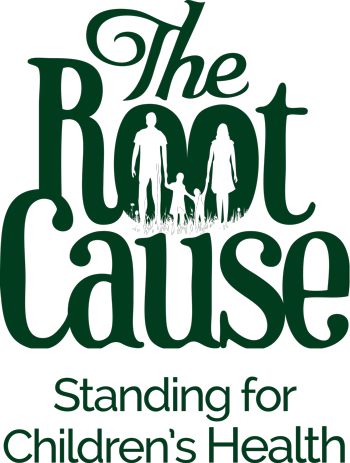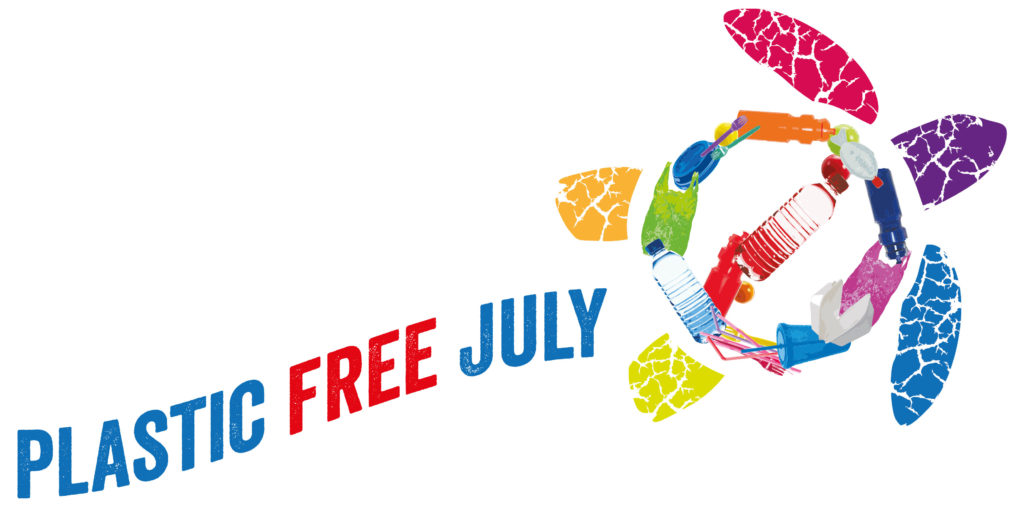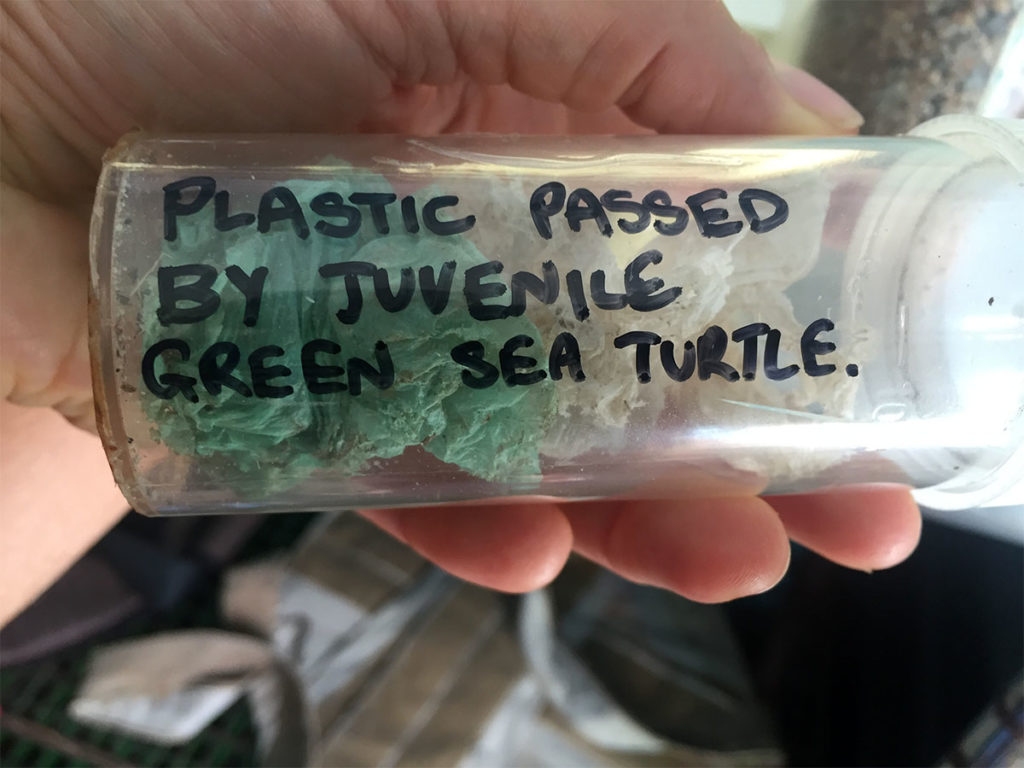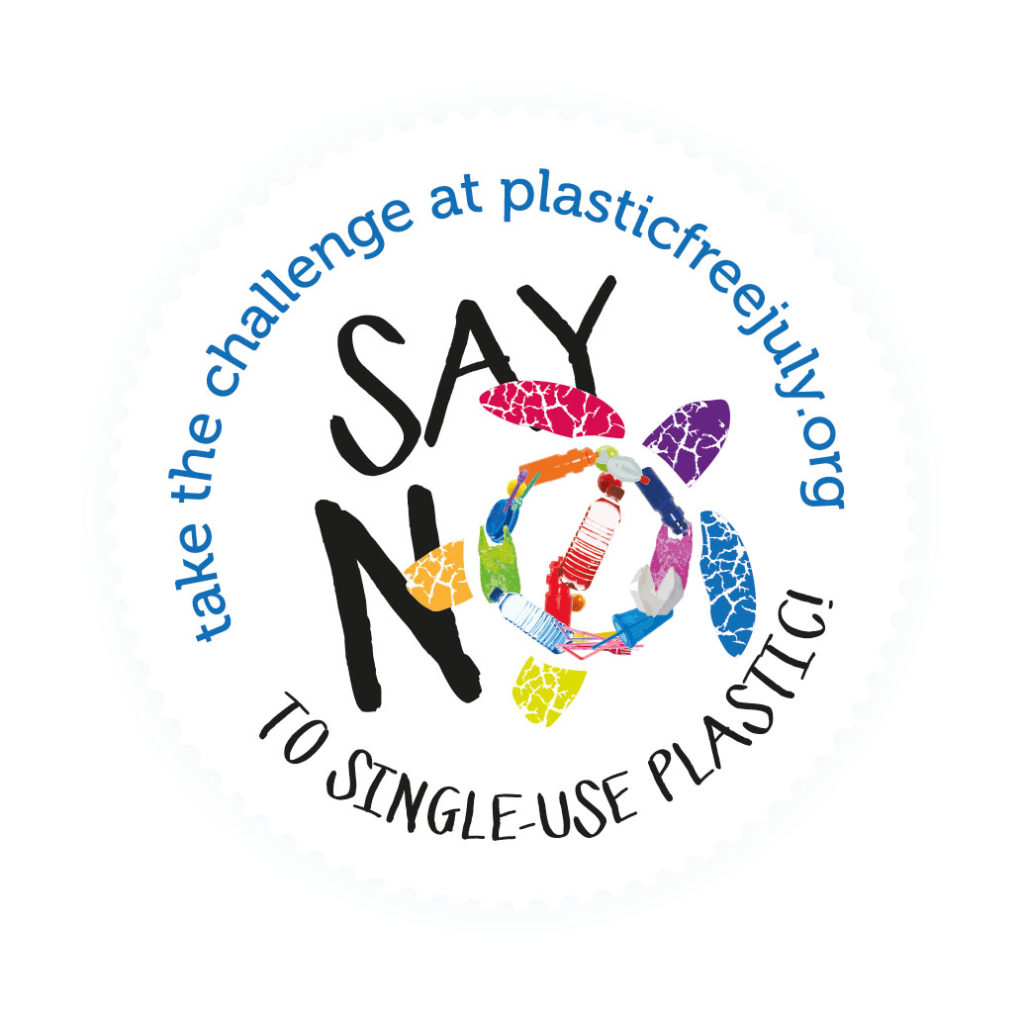Have you heard of Plastic Free July? The aim is to raise awareness of the problems with single-use disposable plastic and challenges people to do something about it.
Why Go Plastic Free For July?
Did you know (from the Plastic Free July website):
- every bit of plastic ever made still exists and in the first 10 years of this century the world economy produced more plastic than the entire 1900’s!
- plastics break up, not break down
That’s pretty frightening. Read Plastic Free July website for other interesting and scary information about plastics. But if these 2 points above aren’t enough, here’s three simple and significant reasons why we should all go Plastic Free For July (and beyond).
- For our kids
- For animal life
- For the Earth.
For Our Kids
None of us like to think of not being around, but the reality is our kids are going to have to live a lot longer with the amount of rubbish this world is creating. Do you want to visualise how big a problem this is going to be?
We’ve visited 63 schools around Australia so far. Regardless of the area of Australia, it is common school lunchboxes to have packet food. Talking to teachers, most school lunchboxes have around 2 packets. Let’s just look at this from the perspective of only the rubbish created from our school lunchboxes.
- We’re conducting a small scale study with a NSW school to look at what happens when you remove packaged food from the lunchbox. As part of the study, this school of 300 students looked at how much rubbish was created each day from lunchbox wrappers. It averaged 2 washing baskets a day. This means each week, this school creates 10 washing baskets full of predominantly plastic waste. This is 400 washing baskets a year for this one school alone.
- The facilities manager of a school in Qld, with around 300 students, said he collects roughly 1 skip bin of rubbish each week (this doesn’t include cardboard boxes etc).
Now lets say the above 2 schools of 300 students are representative of the amount of rubbish 1 school creates. Now let’s use some assumptions to try and visualise how many washing baskets of predominantly plastic waste is being created from lunchboxes.
Assumptions
- 9,750 schools Australia wide
- 4,750 (half) have 300 students, and create 400 washing baskets of lunchbox waste per school per year. This is 1,900,000 washing baskets per year.
- 2,375 (1/4) have 150 students, and create half the amount of waste of a 300 student school. That’s 200 baskets per school, per week. This is 475,000 washing baskets per year.
- 2,375 (1/4) have 450 students, and create 1.5 times the amount of waste of a 300 student school, that’s 600 baskets per school, per week. That’s 1,425,000 washing baskets per year.
Using these assumptions:
Australian Schools produce 3,800,000 washing baskets of predominantly plastic waste per year, from just lunchbox waste.
What will all this waste look like in 10 years time if we don’t change? Where will it be stored? How much will end in our waterways? Will we return to the era where hygiene becomes a problem due to all this waste? I don’t know the answer to these questions, but I do think, as parents, we need to start saying no to single use plastics. This means saying no as much as possible to processed packaged food in the lunchbox.
For Animal Life
We’ve visited quite a few marine centres in our travels, and the issue of plastic rubbish is a real concern for our animal life. When we visited Reef HQ in Townsville, we visited the Turtle Hospital and met the turtles which are being rehabilitated after being saved. Most of them had been injured by ingesting plastics.
The scary thing is the plastics in our waters aren’t just affecting small animal species, they are affecting the bigs ones too. And every species plays an important role in the the total ecosystem. It’s a balance, and unfortunately, our use of plastics, is having an effect on this balance.
I’d ask you to take a couple of minutes and watch this video of a whale which was killed by plastic bags. A big majestic beast of the sea brought down by plastic bags – 30 of them found in it’s stomach.
The Ocean Crusaders website has some brilliant information on it. Take some time to browse around the site and educate yourself, and your children about why plastics are not good for animals. I found this alarming stat on the Ocean Crusaders website.
The latest statistics show that 30% of all large ocean fish will be found with plastic remnants in their stomachs. These can block the digestive system and cause all sorts of issues, however the more alarming statistic is that 90% of them now have plastic toxins in them. When we eat fish, we are consuming these plastic toxins.
For The Earth
A friend of ours (Annie) shared how her 7 years old son has been having hypothetical discussions with her about “if you had to give every penny of your entire life’s worth to one charity which would it be?”. After a few discussions, her family agreed it had to be an environmental charity because without earth, there is no life.
Without Earth, there is no life.
This kind of thinking may sound pretty deep and meaningful coming from a 7 year old, but our kids are learning about the environment at school. From our personal experience, our kids are having similar discussions with us. As we’ve travelled, they have learnt to pick up rubbish others leave behind. They have actively recycled bottles and cans. They have seen turtles in rehabilitation because they’ve been choked by plastics in the waterways. Outside of plastics and rubbish, they have learnt the land needs to be respected. How we need to take more care to live in harmony with the land, rather than keep depleting it.
Without earth, there is no life. Plastic Free July is a great place to start to help make sure we have an earth.
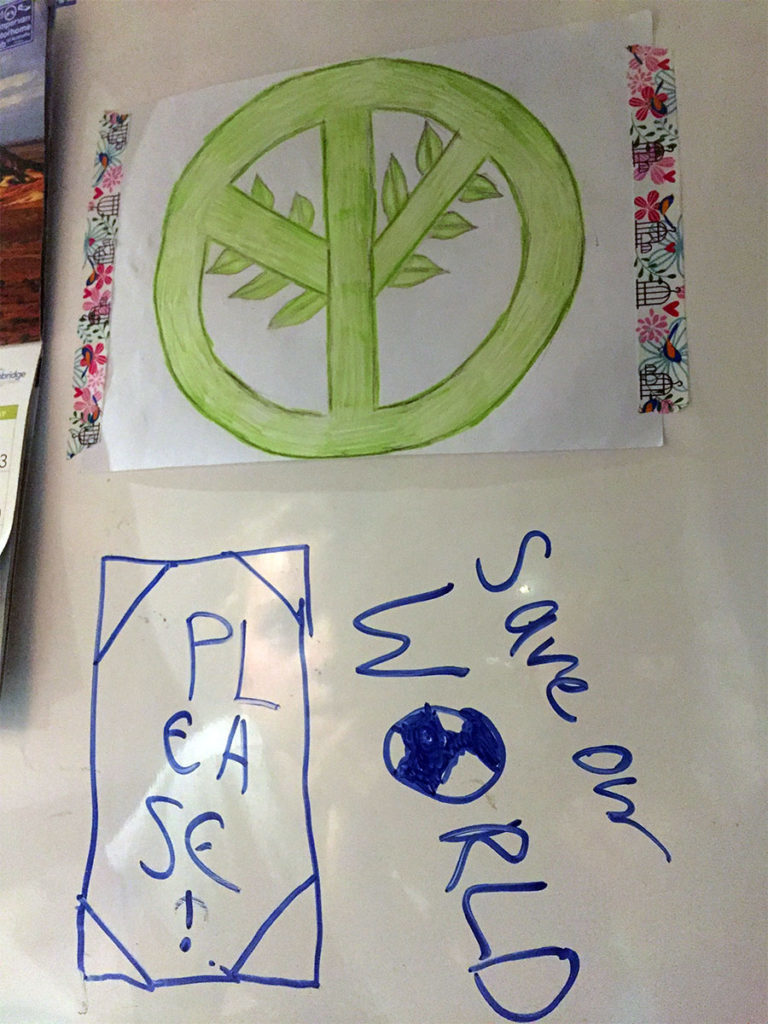
5 Simple Actions This Plastic Free July
1. Reusable Shopping Bags
- If you haven’t got your bags, buy only what you can carry or be a stand for our kids, animals and the Earth, and come back later with your bags.
2. Reduce Processed Packaged Food
- Real food (fruits and vegetables) which come from the earth, and their scraps can always be returned to the Earth if not reused in other ways (eg. feed the chooks, make stock etc).
- Processed Packaged Food ALWAYS creates rubbish, and most of the time, it’s single use. Minimise the amount of processed packaged food you rely on. If you need help with ideas on how you can replace these packets, add a comment below with what it is, and I will help.
3. Reusable Coffee Cups
- Take your own coffee cup or skip your coffee.
- If you can’t skip your coffee, give yourself a relaxing 5 minutes to drink it at the coffee shop.
4. Educate Your Kids
- No child really wants to harm an animal. Use this to your advantage and share with your children how processed packaged food and plastics can harm animals. Show them some images from google or the Ocean Crusaders website.
- Talk to them about how plastics never ever break down, they only break up into smaller pieces, becoming even more dangerous.
- Show them pictures of landfill. Ask them questions about what they think it will look like if we keep adding to it. Explain this is happening all over the world.
5. Take Plastic Free July To Your Workplace
- Talk to the people you work with. Educate them with the information in this article and from Plastic Free July website, Ocean Crusaders etc.
- Tell them you’re taking the challenge to cut out plastic for July, and hoping to be able to continue it beyond July.
- Invite them to participate.
Let’s do this! Plastic Free July for our kids, for animals, for the Earth.
Other resources to help:
- Take 3 – simple steps and educational tools
- Ocean Crusaders – education on saving the ocean
- Plastic Free July – register to take part in the challenge, read some case studies, gather information
